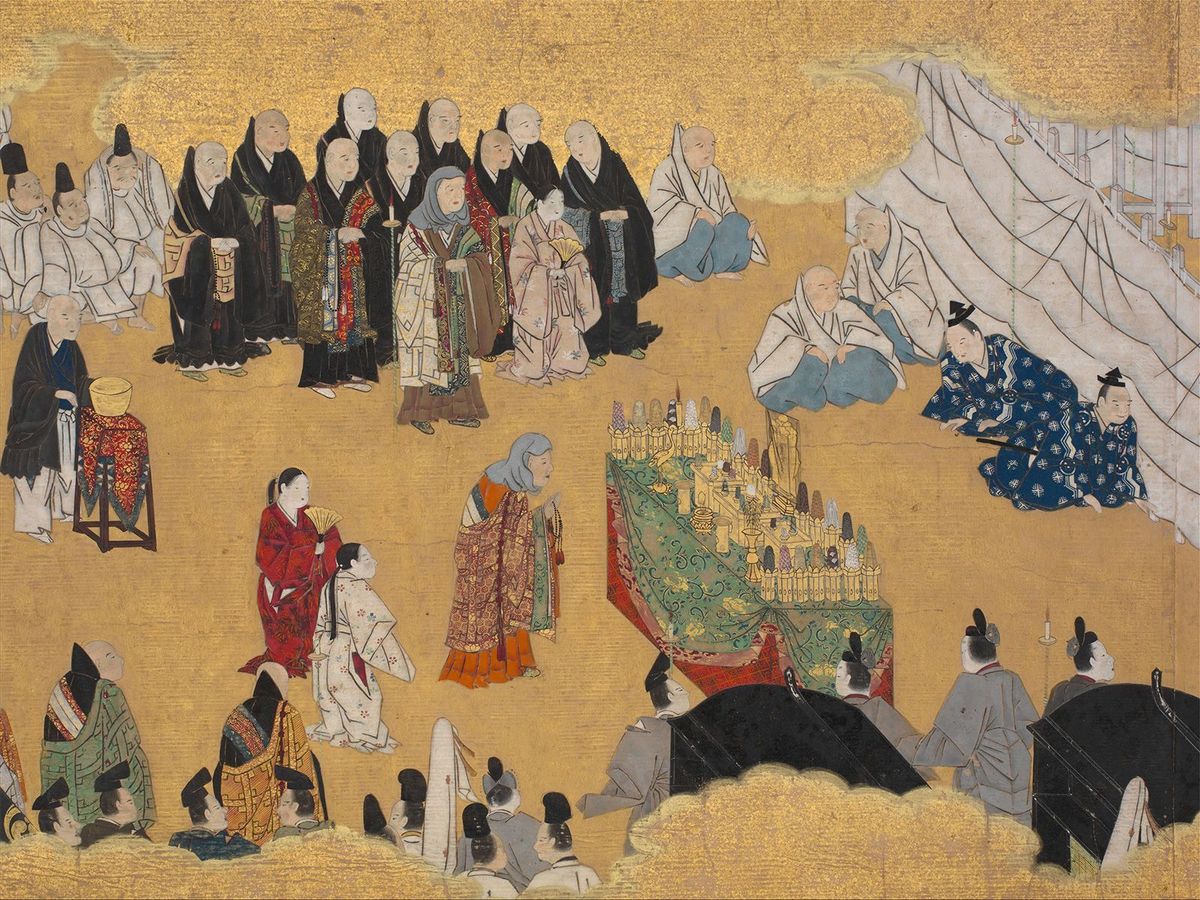
What was the Heian Period? The Heian Period (794-1185) was a golden age in Japanese history. It marked the peak of the Japanese imperial court and saw the flourishing of art, poetry, and literature. Named after the capital city Heian-kyō (modern-day Kyoto), this era is famous for its cultural achievements and the rise of the samurai class. Aristocrats lived in luxury, creating beautiful gardens, writing intricate poetry, and developing unique Japanese aesthetics. The period also saw the creation of the famous literary work, "The Tale of Genji," by Murasaki Shikibu. Despite its cultural advancements, the era ended with political turmoil and the rise of military rule.
Key Takeaways:
- The Heian Period, from 794-1185, was a time of peace and cultural flourishing in Japan. It saw the rise of influential literature, art, and political structures, leaving a lasting impact on Japanese culture.
- The Heian Period's legacy lives on through its cultural achievements, including the world's first novel and distinct painting styles. Its influence can still be seen in modern Japanese art, literature, and traditions.
The Heian Period: An Overview
The Heian Period (794-1185) was a golden age in Japanese history. It marked a time of cultural flourishing, artistic achievements, and significant political changes. Here are some fascinating facts about this era.
- The Heian Period began when Emperor Kanmu moved the capital to Heian-kyō, now known as Kyoto.
- This era lasted for nearly four centuries, making it one of the longest periods of peace and stability in Japanese history.
- The name "Heian" means "peace and tranquility," reflecting the era's cultural and political aspirations.
Cultural Achievements
The Heian Period is renowned for its cultural advancements, particularly in literature, art, and architecture.
- The Tale of Genji, written by Murasaki Shikibu, is considered the world's first novel.
- Sei Shonagon's The Pillow Book offers a vivid glimpse into court life during this period.
- Calligraphy and poetry were highly valued, with many aristocrats composing waka poems.
- The era saw the development of yamato-e, a distinct Japanese painting style featuring landscapes and scenes from literature.
- Folding screens and scrolls became popular mediums for artists to display their work.
Political Structure
The political landscape of the Heian Period was complex, with power often shifting between the emperor and influential families.
- The Fujiwara clan dominated the political scene for much of the Heian Period.
- Fujiwara no Michinaga, a prominent figure, effectively ruled Japan through his daughters, who married emperors.
- The Sesshō and Kampaku system allowed regents to govern on behalf of child emperors or retired emperors.
- Despite the emperor's nominal authority, real power often lay with the regents and their families.
Daily Life and Society
Life during the Heian Period was characterized by elaborate court rituals, fashion, and social hierarchies.
- Aristocrats lived in shinden-zukuri palaces, designed with open spaces and gardens.
- Layered clothing was a fashion statement, with women wearing up to twelve layers of silk robes.
- Incense played a significant role in daily life, used for both personal scent and religious ceremonies.
- Bugaku and gagaku, traditional dance and music, were performed at court events.
- The kana writing system, developed during this period, made literature more accessible to women and commoners.
Religion and Philosophy
Religion and philosophy were integral to Heian society, influencing both daily life and governance.
- Buddhism flourished, with new sects like Tendai and Shingon gaining popularity.
- Shinto practices continued alongside Buddhism, focusing on nature and ancestor worship.
- The concept of mono no aware, an appreciation for the impermanence of things, became a central theme in literature and art.
- Esoteric Buddhism introduced complex rituals and mandalas, influencing religious art and architecture.
Decline and Legacy
The Heian Period eventually gave way to a new era, but its cultural legacy endures.
- The rise of the samurai class and the establishment of the Kamakura shogunate marked the end of the Heian Period.
- Despite political decline, the cultural achievements of the Heian Period continued to influence Japanese art and literature.
- Many Heian-era temples and shrines, like the Byodoin Temple, still stand today, attracting visitors from around the world.
- The Heian Period's emphasis on aesthetics and refinement set the standard for Japanese culture in subsequent centuries.
- Modern Japan still celebrates Heian traditions through festivals, literature, and art, preserving the spirit of this remarkable era.
Final Glimpse at the Heian Period
The Heian Period stands as a pivotal chapter in Japanese history. It was a time of cultural flourishing, where art, literature, and courtly life reached new heights. The Tale of Genji, written by Murasaki Shikibu, remains a cornerstone of world literature. Aristocratic families, especially the Fujiwara clan, wielded immense power, shaping the political landscape. Buddhism and Shintoism coexisted, influencing the spiritual and cultural fabric of society. The era also saw the development of kana script, making literature more accessible. Despite its eventual decline due to political strife and military conflicts, the Heian Period's legacy endures. Its contributions to art, poetry, and architecture continue to inspire and captivate. Understanding this era provides a deeper appreciation of Japan's rich and intricate history.
Frequently Asked Questions
Was this page helpful?
Our commitment to delivering trustworthy and engaging content is at the heart of what we do. Each fact on our site is contributed by real users like you, bringing a wealth of diverse insights and information. To ensure the highest standards of accuracy and reliability, our dedicated editors meticulously review each submission. This process guarantees that the facts we share are not only fascinating but also credible. Trust in our commitment to quality and authenticity as you explore and learn with us.
